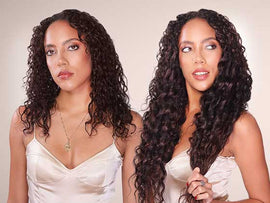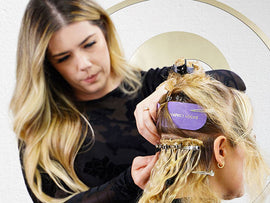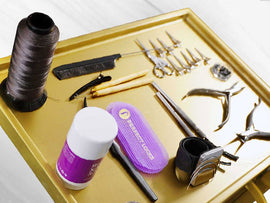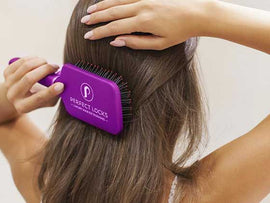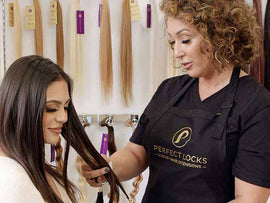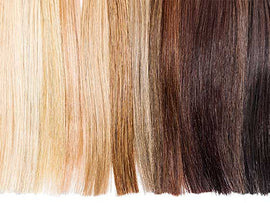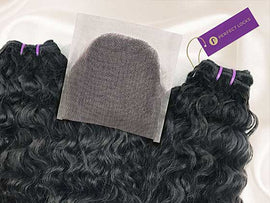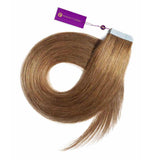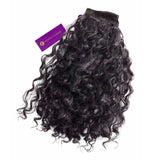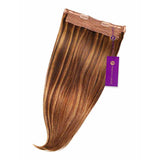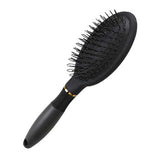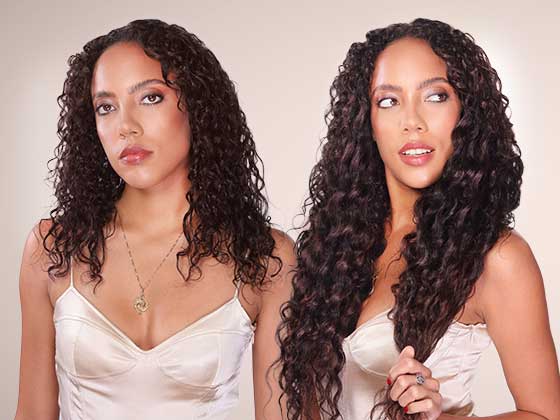
Beautiful loced hair is the result of lots of patience, careful maintenance, and a solid plan – a plan that gets formed before you ever twist or braid a strand of your hair. Not every loc style will work for every person, and there are definitely many factors you need to consider, along with steps you need to take to start your locks off on the good foot when braiding your own hair.
For starters, before you begin your loc journey, consider:
- Your lifestyle. Do you work a corporate job that requires a certain level of precision and polish to your look? Free-form locs probably aren’t for you, then. Do you work out or build up a sweat often? Live and work in an extreme climate? Thick, heavy locs will only make your heat problem worse, while they may be a nice “head blanket” in a snowy locale. More than that, though, think about your personal tics and habits. If you have grown up washing your hair multiple times per week, transitioning to a style that requires dry or less frequent shampooing may drive you batty, leading you to grow frustrated with your locks beforehand. Choose a loc style that works with the way you normally live, not against it.
- Your hair texture. In general, most loc styles are better for tightly coiled or kinky hair types. This is because curlier hair tends to cling or lock together faster, tighter, and more uniformly – which is the basis of locking hair – while straighter hair types naturally tend to separate. Also, straighter hair tends to have higher levels of sebum, the hair and scalp’s natural oil, which can cause buildup and odor during the locking process. In general, people with Type 1 or 2 hair should try braid styles, which will hold the hair together better than any other method.
- The investment. Do you have time or money to go to a licensed loctitian for regular upkeep? Do you have sufficient patience and know-how to maintain your locs yourself? The biggest challenge for many beginning loc-wearers is in keeping their hair healthy and happy once the locing process has begun. Tiny Sisterlocks can take hours to tighten, while maintaining free-form locs can be much more time-consuming than you’d think. Check back here for tips on maintenance, and keep time, frustration, and money factors in mind.
Sure you’re ready for locs, after all that? Then here are some tips for starting your locks the right way:
- Always begin with your natural texture. For most loc styles, you need at least ½ inch of new growth. Wait for your hair to grow out instead of trying to loc relaxed hair; this will lead to breakage, wasting all your efforts. Your best bet is to grow hair out while wearing braids or a wig (or pressing new growth to even out textures), then go in for your Big Chop just in time to have enough hair for your new style.
- Start short. Don’t wait too long before starting your locs! Shorter locs are easier to maintain and keep on the right path than 3 or more inches of hair, so start the locking process early and let your tresses grow into the long, luscious locks you want. There are no shortcuts!
-
Do a test run. Beauty supply stores all over the country sell kinky or loced extensions and wigs. Use them to try out different loc styles! This will not only help you decide which type of locs you want, but help you choose a cut, color, or length for your style in the end.
Clarify and deep-condition your mane leading up to your loc installation. Starting off with a clean scalp and healthy, well-conditioned coif sets your hair up for success later on. Make sure to use strengthening and moisturizing treatments for at least a few weeks prior to getting your twists, coils, braids, rolls, or Sisterlocks done.
- Loc hair according to its natural patterns. Uniform partings are not always possible, and locs are all about embracing the natural beauty of your hair. Go to a beautician who is familiar with you and your strands, or spend time getting acquainted with your natural hair and how it falls or groups together. This will prevent unnecessary pulling and tension on hair.
- Always loc wet hair and then dry it thoroughly. Drying together will help the strands fuse, and wet curls or kinks are easier to handle.
Got all that? Good – because there’s no better way to ensure success than by starting on the right note!


